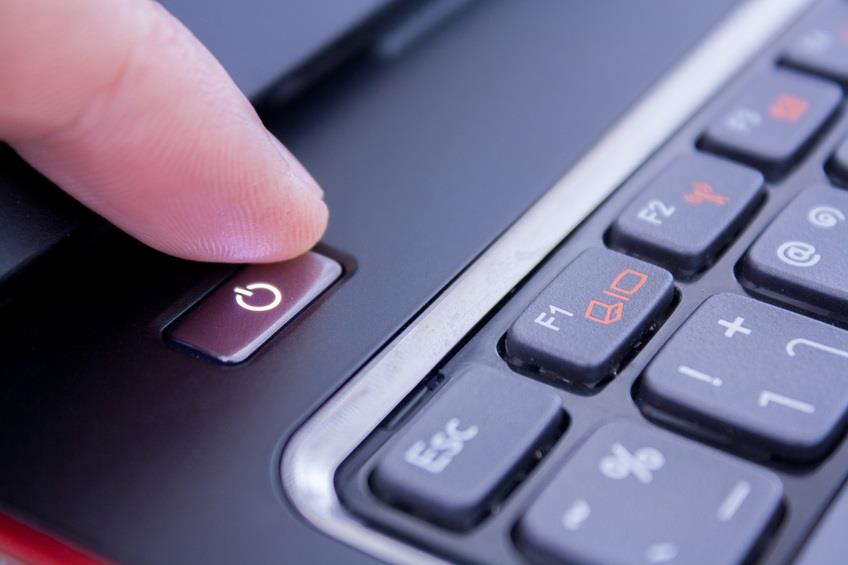
If you're like many Americans, you may be wondering what does power cycling mean? Let's delve into why you need to power cycle your devices and why this will significantly benefit your electronic devices long-term.
Did You Know That the Average American Has About 24 Electronic Devices in Their Home?
Those devices range from tablets, laptops, desktops, and routers to televisions, cable boxes, and gaming consoles, just to name a few. The list goes on and on. We live in a world full of technology, which is wonderful when our devices are all functioning properly. However, with advancing technology comes technical difficulties, and dealing with them can quickly become frustrating.
Having the right trouble-shooting tools available can help alleviate some of that frustration. Trouble-shooting techniques differ depending on the type of device you are having trouble with, but the most valuable and universal tool is the power cycle. It’s a simple procedure that anyone can perform, and it resolves a great deal of issues.
What Does Power Cycling Mean and How Do You Perform a Power Cycle?
To power cycle a device, you simply power it off and back on. For devices without a power button, you will need to remove the power source from the device. If the device is plugged into a power outlet, unplug it from the power. If it’s easier, you may disconnect the power cord directly from the device itself, instead of disconnecting it from the power outlet. If the device has a removable battery (such as a cell phone), remove the battery. Wait at least 30 seconds before reconnecting the device to its power source.
How do you know when to power cycle your device?
Regardless of the issue you are experiencing, power cycling is a good place to start when it comes to trouble-shooting issues with electronic devices. However, when attempting to resolve an issue with a connected device (a device that’s connected to the internet), you may need to power cycle more than one device in a specific order to resolve the issue.
To determine the order in which your connected devices need to be power cycled, you must first know what type of Internet service you have. The Internet technology types offered by Home Telecom are cable modem, DSL, and fiber to the home. Cable modem and DSL services both require the installation of a modem. Fiber service does not; however, in order to connect multiple devices to the Internet and provide Wi-Fi service, a router may be installed. Sometimes for DSL and cable modem customers who choose to have Wi-Fi service, a “modem/router combo” is used. This scenario is a modem with a built-in router. In other instances, a modem is installed and a separate router is connected to it to provide the Wi-Fi service and additional wired connections.
If you have a “modem/router combo” or just a router, you may power cycle that device, then power cycle the individual device(s) that you are experiencing issues with (ex. laptop, desktop, tablet, etc). If you have a modem and a separate router, the modem will need to be power cycled first, then the router, and lastly the individual connected device(s) Each of these devices can be disconnected from their power source at the same time, but it is important that you allow each device to boot back up completely prior to reconnecting the next device to its power source. Also, if you have iTV service, you may need to power cycle your iTV set top boxes after rebooting the equipment listed above.
Power Cycle Your Devices When Experiencing Issues
Next time you’re experiencing an issue with your internet or video services, whether it seems to be slow, intermittent, or isn’t working at all - try power cycling your devices.
Remember, power cycling is not only a useful tool for trouble-shooting issues with Internet service, it can also resolve many miscellaneous issues with a great deal of other electronic devices. If power cycling does not resolve your issue, don’t worry! We are always available and happy to help, here at Home Telecom!
